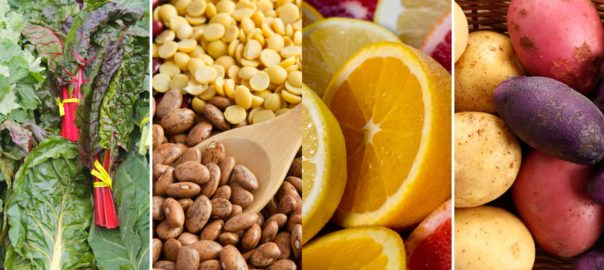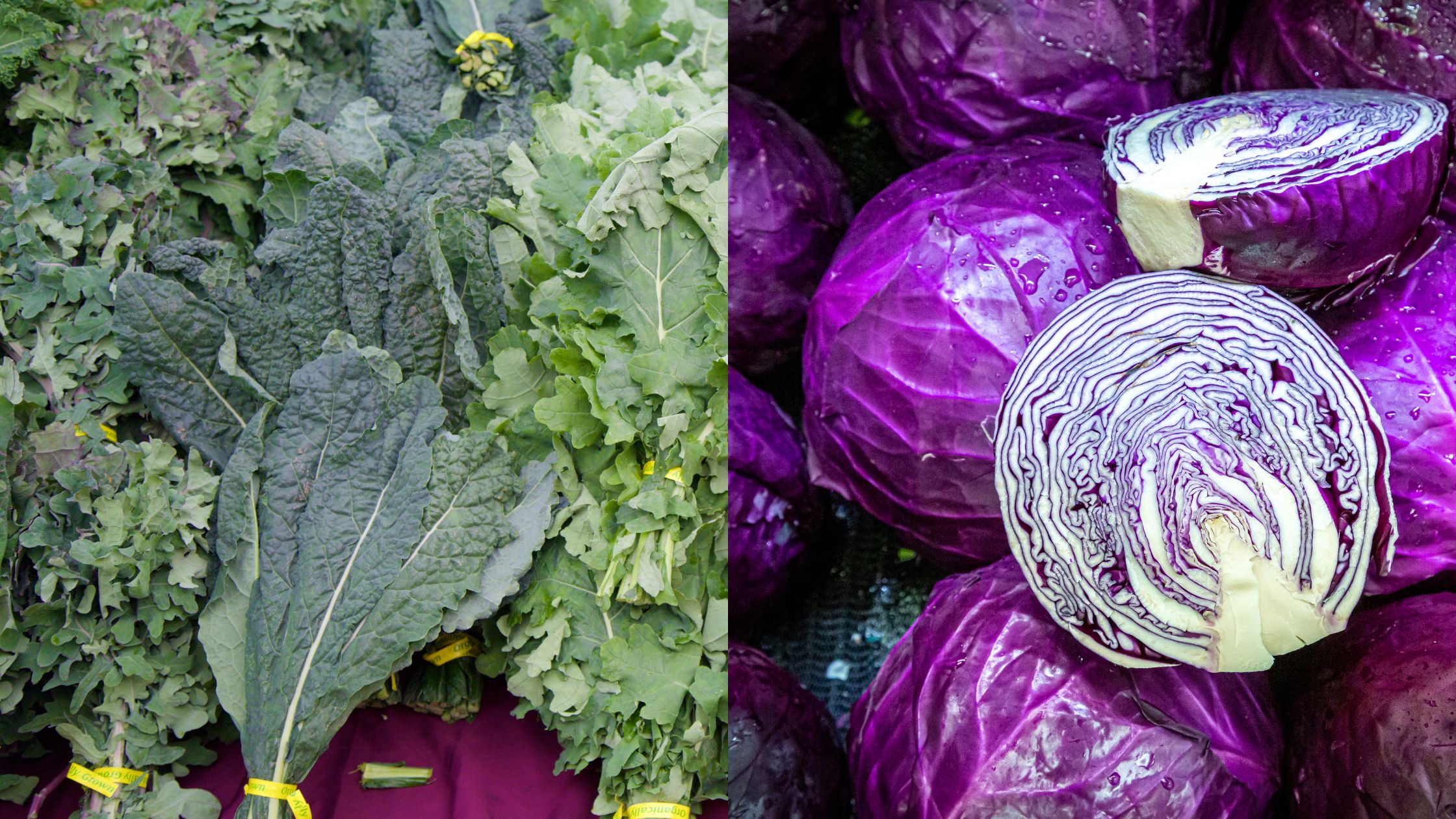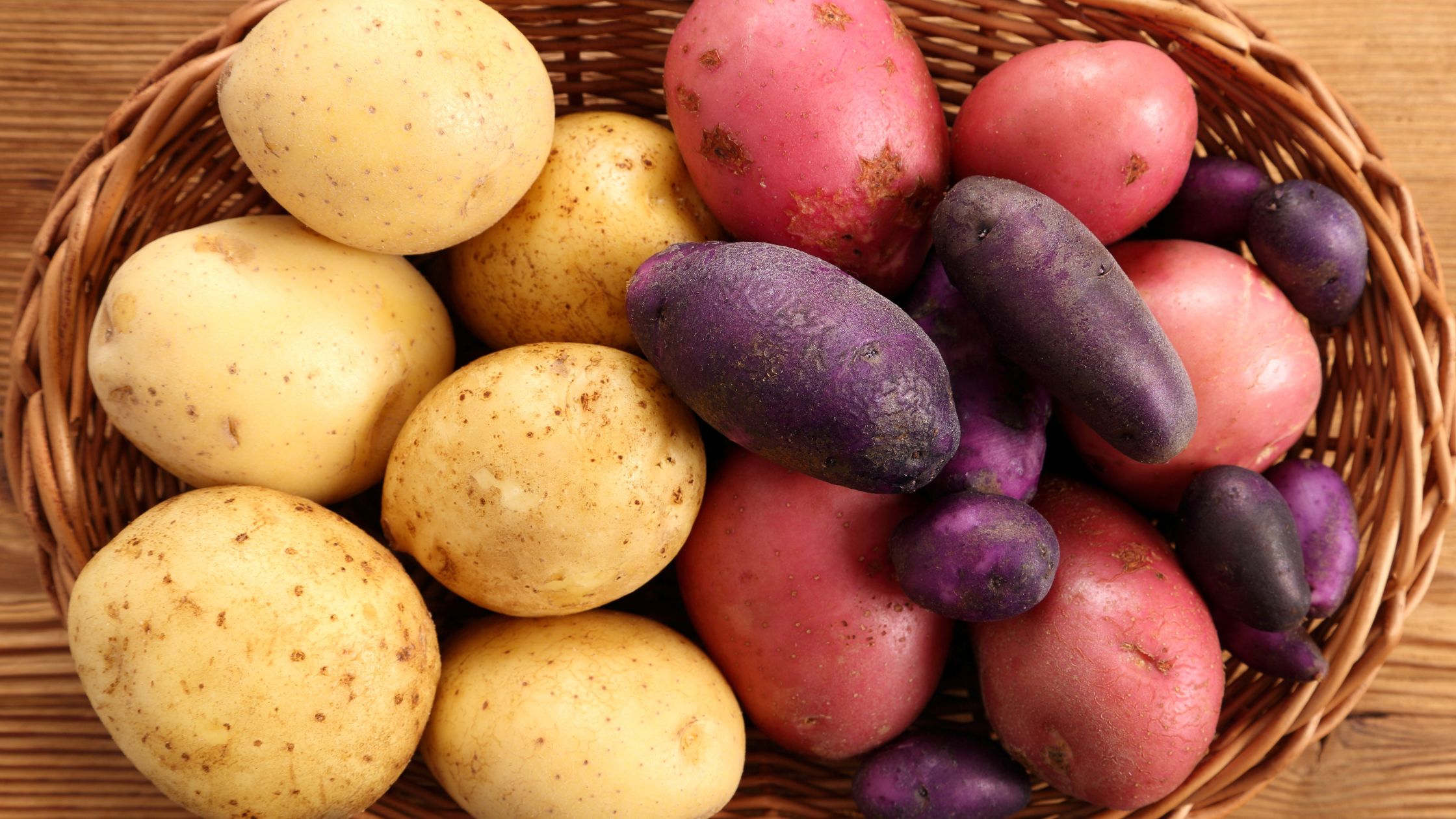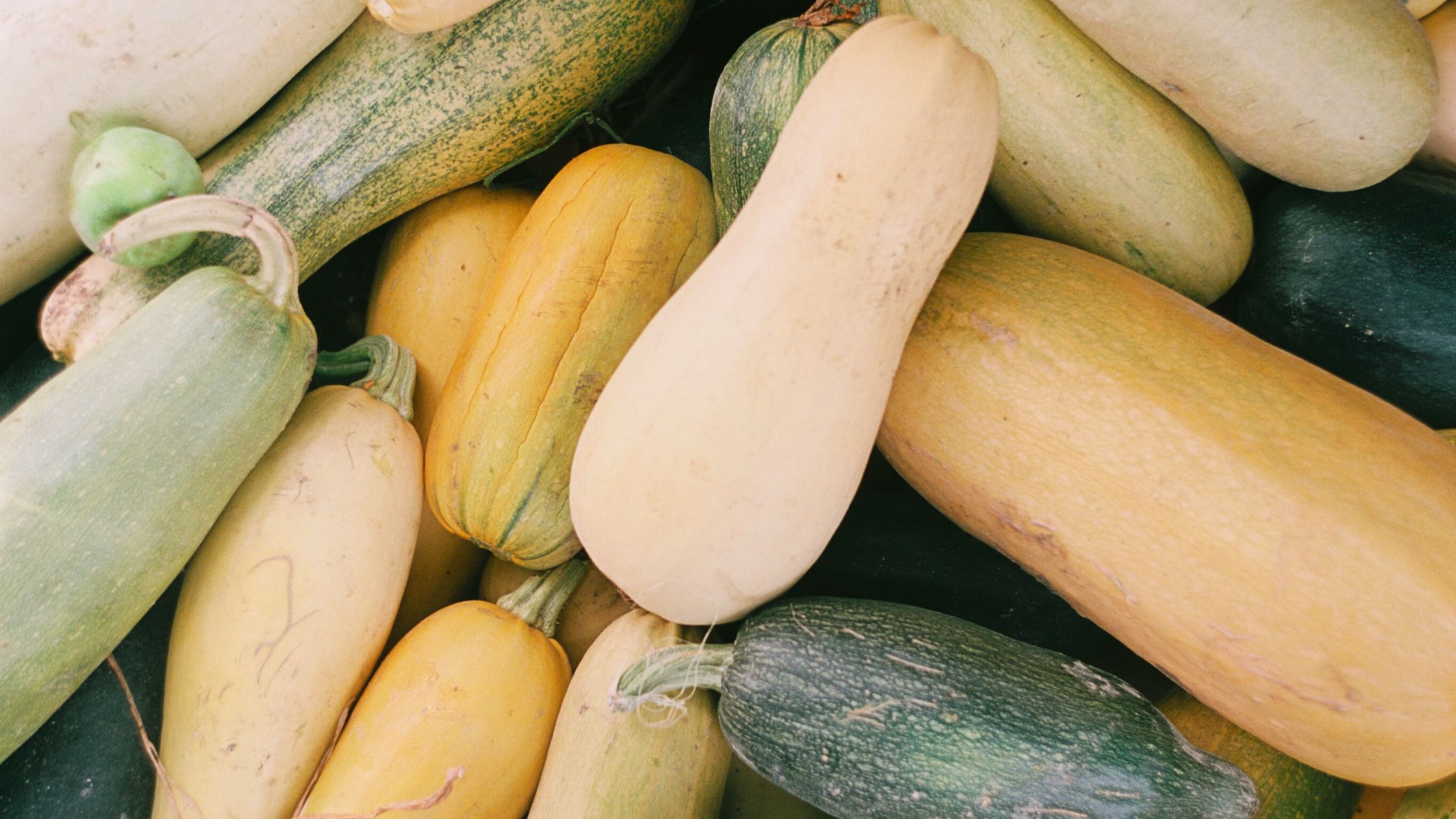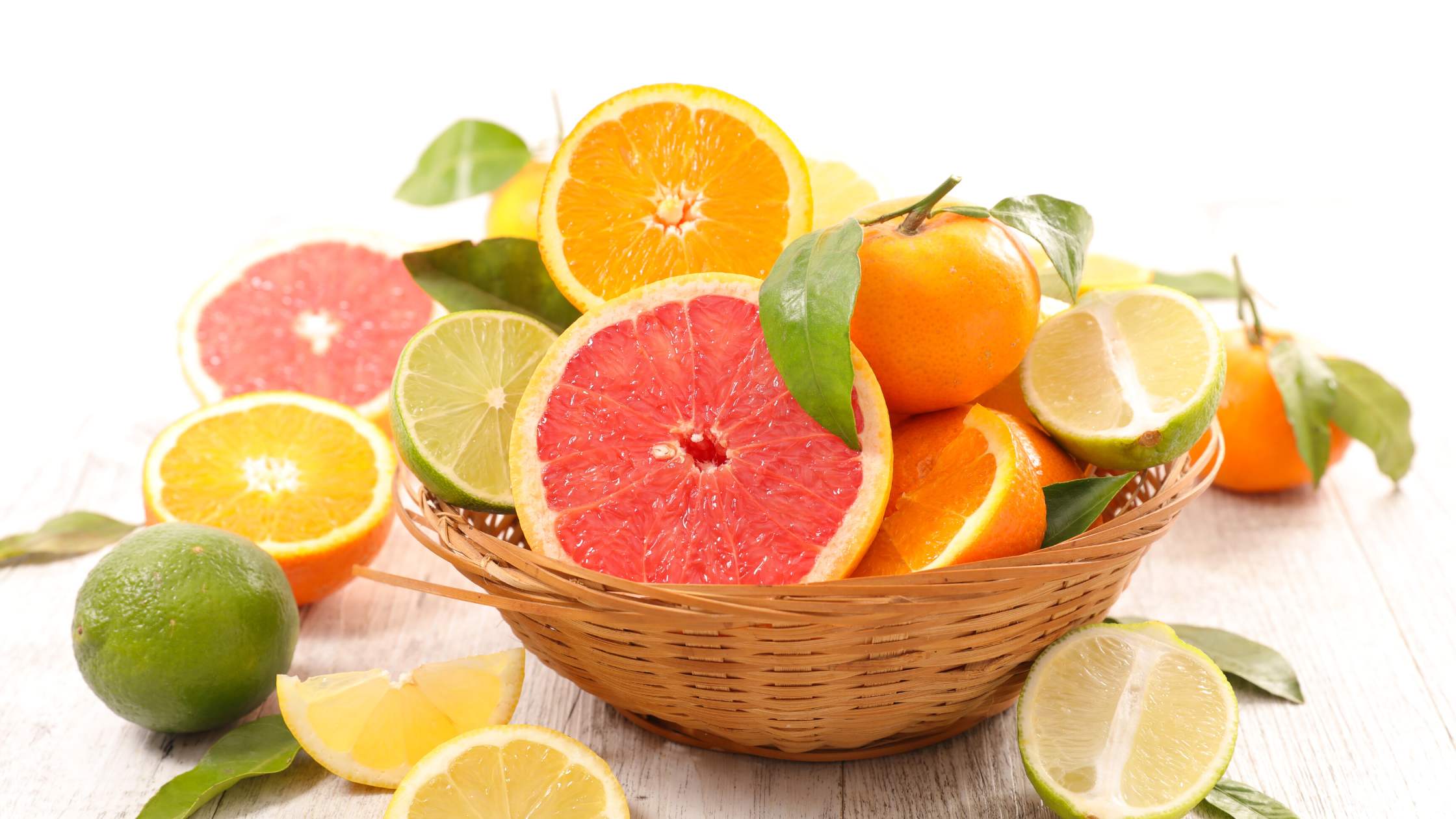Winter is here, and it’s brought colder temperatures and an increased risk of cold and flu. Our nutritional needs change with the seasons. Nourishing yourself and your family can be simple by adding these nutrient dense and good-for-you foods to your winter menu.
Except for winter-sports enthusiasts, people become less physically active. After all, when it’s cold and snowy outside, even a trip to a neighborhood grocery store is a daunting task. Plus, with the advent of cold and flu season, staying healthy takes a bit more effort. The challenge is that nutrition-packed fruits and vegetables that were plentiful during the summer may be in short supply—and take a bigger chunk out of our wallets.
However, there are many delicious and affordable ways to ensure proper nutrition during the dark days of winter. These tips will help you maintain optimum health and please your palate at the same time.
Top Winter Wellness Foods
1. Reds and Greens
Chard, collards, and kale flourish in winter; plus frosty weather can reduce kale’s bitter taste. With healthy amounts of vitamins C, A, and K, plus plenty of folate in escarole, mustard greens, and collards, leafy greens can keep people’s immune systems in good shape.
Red cabbage, a cousin of kale, contains few calories and lots of vitamin A, plus zeaxanthin and lutein, phytochemicals so important for eye health as people age. Additionally, cabbage has high amounts of potassium and calcium.
2. Vitamin D
The best source of vitamin D is the sun but, in the winter, we often don’t get enough. This is why it is important to eat good sources of vitamin D such as salmon, sardines, tuna steak, milk (organic, whole), eggs (preferably pastured or free range), and portobello mushrooms.
3. Legume Love
There are many varieties of legumes, including garbanzo beans (aka chickpeas), lentils, lima beans, and pinto beans. These hearty foods have something in common: they are fiber and protein powerhouses. Beans can be added to stews and soups, served in salads, and cooked and eaten by themselves. To reduce gassiness, soak them in water for six to eight hours and rinse before preparing.
4. Roots to the Rescue
Potatoes have an undeserved bad reputation for their starch content. However, they are chock full of vital nutrients. One potato provides hefty amounts of immunity-boosting vitamins B6 and C (29% and 25% of the recommended daily allowance of each), fiber (4 grams in an average-size potato), and folate, essential for the proper development of unborn babies, are added bonuses.
Purple potatoes are great sources of anthocyanins, antioxidants with a variety of benefits ranging from keeping heart disease at bay to reducing inflammation. Adding carrots, parsnips, turnips, and other roots vegetables to mashed potatoes is a delicious way to include vegetables in a wintertime diet.
Sweet potatoes are a wonderful source of beta-carotene, an antioxidant that fights free radical damage and inflammation. Beta-carotenes are especially important in the winter to support a healthy immune system.
5. Super Squash
Spaghetti, acorn, and butternut are only a few types of this colorful, tasty, nutritious vegetable. Winter squash is low-calorie and rich in fiber, vitamin A, folic acid, and vitamin C. Acorn squash also has 30% of the RDA of vitamin B1, 25% of B6, and 31% of magnesium. Butternut squash is a powerhouse of vitamins A and C: 179% and 31% of their respective daily requirements. Adding a healthy fat such as coconut oil or grass-fed butter along with applesauce or cinnamon can be a great way to add additional flavor and nutrients to your squash dishes.
6. Fabulous Fruit
Citrus fruit is loaded with vitamin C. Grapefruit, oranges, and their cousins are also excellent sources of all-important flavonoids. Hesperidin, the dominant flavonoid in citrus fruit, is known to raise HDL cholesterol (the good kind), reduce LDL cholesterol, and lower triglyceride levels.
Citrus fruits are also high in minerals and phytochemicals. If you have not yet tried pomegranate juice, you may want to add it to your daily regimen. It contains more antioxidants than any other kind. Studies show that pomegranate juice may help prevent free radicals from doing damage and increase the flow of blood to the heart in patients whose tickers do not receive sufficient oxygen because of blocked arteries.
During the winter months both our activity level and food choices change but making wise choices can help us to not only survive, but flourish during this time of year.
[expand title="Sources"]
- Knez E, Kadac-Czapska K, Dmochowska-Ślęzak K, Grembecka M. Root Vegetables—Composition, Health Effects, and Contaminants. International Journal of Environmental Research and Public Health. 2022; 19(23):15531. https://doi.org/10.3390/ijerph192315531
- Liu, Y. Heying, E., and Tanumihardjo, S. History, Global Distribution, and Nutritional Importance of Citrus Fruits. Comprehensive Reviews in Food Science and Food Safety, November 2012 Vol. 1, Issue6, pages 530-545. https://doi.org/10.1111/j.1541-4337.2012.00201.x
[/expand]

